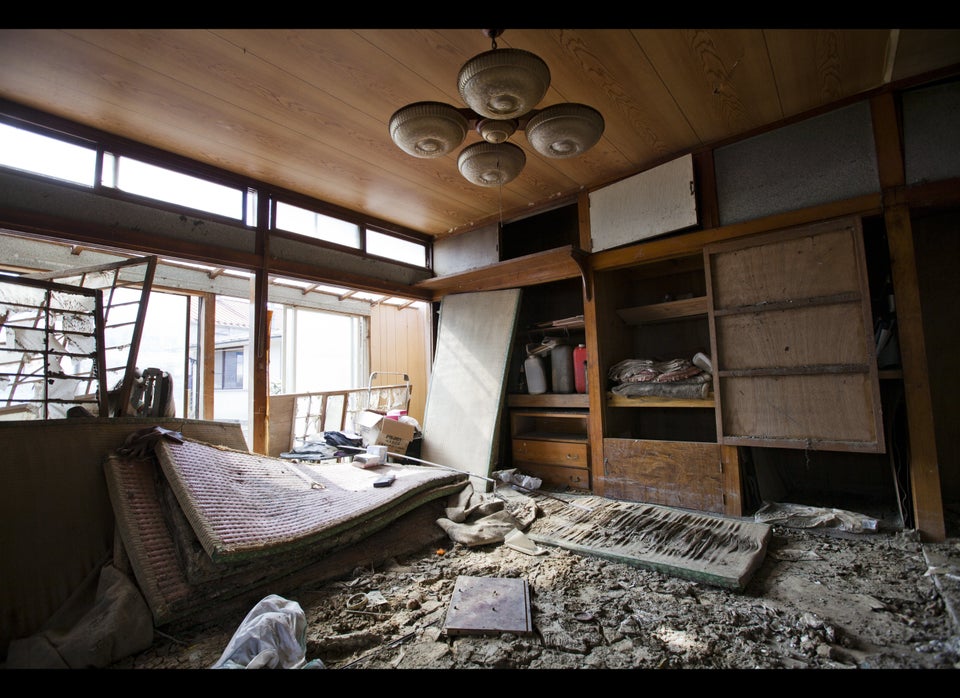
A recent study published by researchers at CalTech and the Japan Agency for Marine-Earth Science and Technology in the journal Nature has found that California's San Andreas fault may be at risk for a "mega-quake" that could shake the state from one end to the other.
The study, conducted in the wake of the hugely destructive 9.0 Tohoku-Oki earthquake that struck Japan in 2011 and Taiwan's 1999 7.6-magnitude Chi Chi earthquake, reexamined a long-held belief about large earthquakes.
As the two sides of a fault travel past each other, some segments move more slowly than others. It was previously theorized that those sluggish sections are largely impervious to the sliding that occurs in earthquakes, thereby creating a buffer zone that stops a quake from traveling across the stable area. But the recent study shows this may not be the case.
"What we have found, based on laboratory data about rock behavior, is that such supposedly stable segments can behave differently when an earthquake rupture penetrates into them. Instead of arresting the rupture as expected, they can actually join in and hence make earthquakes much larger than anticipated," said Nadia Lapusta, professor of mechanical engineering and geophysics at Caltech and coauthor of the study, in a statement.
One such "stable" segment of California's San Andreas fault, a portion stretching from Paso Robles to Monterey, was generally thought to act as a buffer preventing a single earthquake from affecting both the Los Angles and San Francisco Bay areas. However, this study implies that, under the right conditions, just such a large-scale quake is possible.
It was the snapping of precisely these types of slow-moving sections that triggered the massive quakes in Japan and Taiwan examined in the study.
Caltech seismologist Kate Hutton told KABC Los Angles that such an event on the San Andreas fault would be a rare occurrence, happening only once every 1,000 years, but could be potentially destructive enough to change the shape of the state's coastline.
"We're not going to sink. But places like Malibu, where they have landslides all the time, that stuff might fall in if you shake it hard enough," she explained.
At present, no known recorded quake as been known to stretch across the stable zone in Central California. However, the study has given many of those who study earthquakes pause.
"We're realizing we need to worry more about these things we've been calling barriers," U.S. Geological Survey geophysicist Kenneth Hudnut explained to KTLA. "The more big earthquakes we've seen around the world, the more we've realized that there are some deficiencies in our models...Everyone’s taking a second look at what we thought was worst-case."

